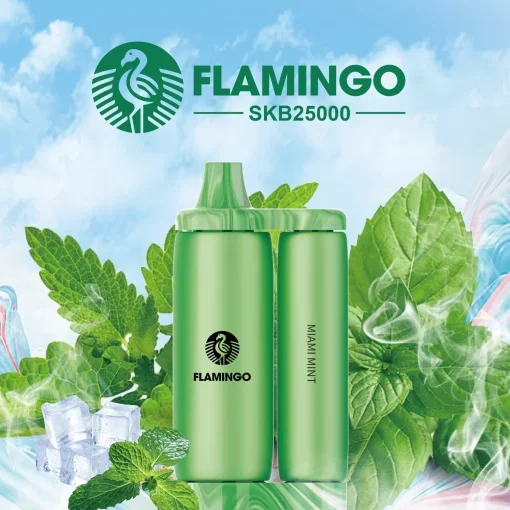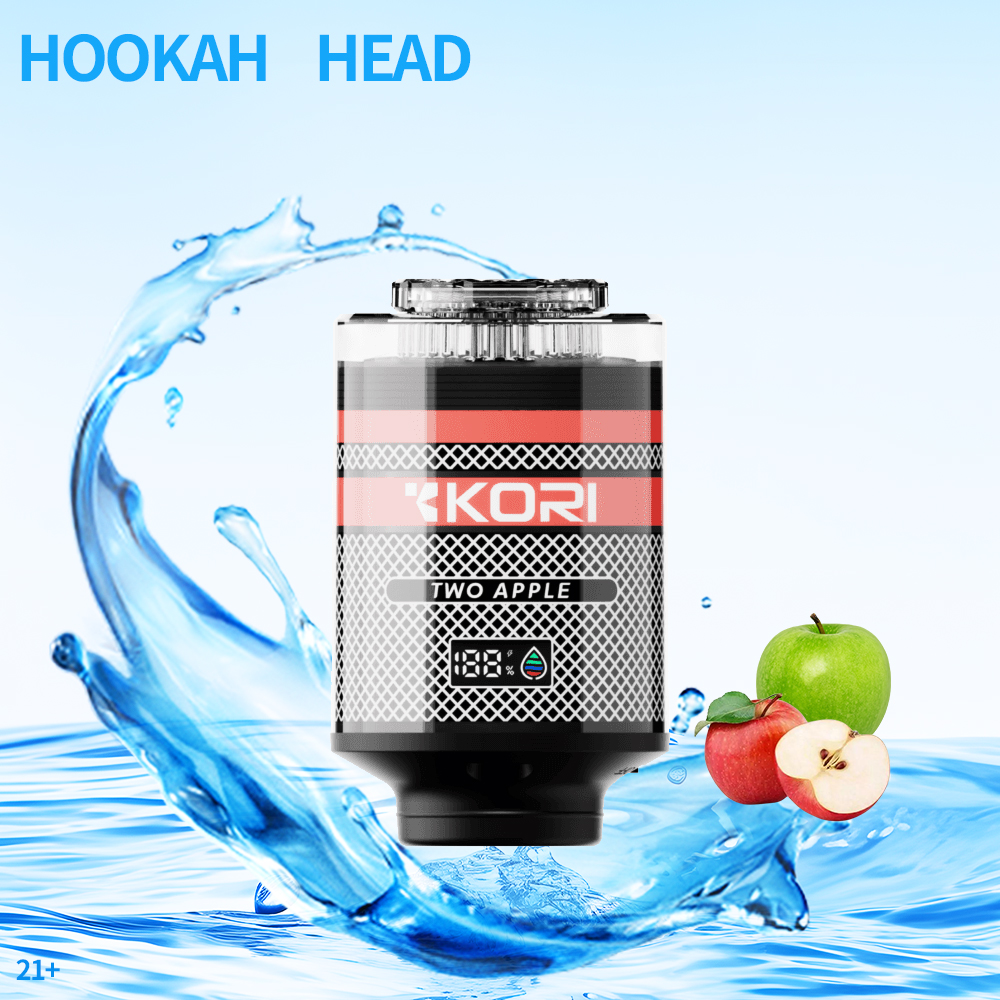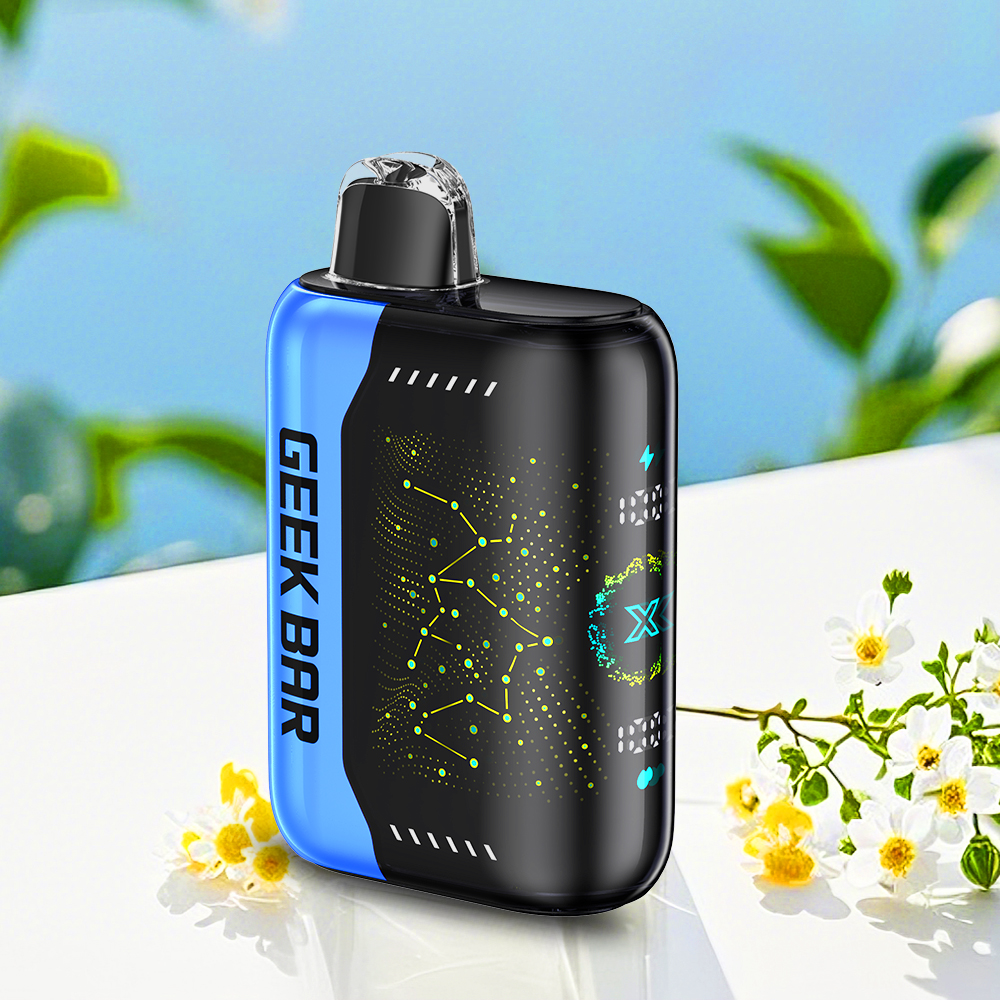The Rise of Vaping: Exploring Trends and Innovations in the Vape Industry
In recent years, the vape industry has experienced exponential growth, capturing the attention of health-conscious individuals and smokers looking to switch to a less harmful alternative. The emergence of various vaping products and innovative technologies has transformed how people perceive smoking, influencing culture and lifestyles globally. This blog post delves into the fascinating trends shaping the vaping landscape and the innovative products that are redefining the experience.
The Evolution of Vaping
Vaping began as a niche market, primarily catering to smokers looking for an alternative to traditional cigarettes. Over the years, the industry has evolved, introducing a wide array of products, from basic e-cigarettes to sophisticated vape pens and pod systems, each catering to different preferences. The transition from smoking to vaping is attributed to several factors, including the desire to reduce health risks, a growing awareness of the dangers associated with tobacco smoking, and the appeal of varied flavors and customizable options.
Flavor Diversity: The Key to Vaping’s Popularity
One of the standout features of vaping is the incredible diversity of flavors available. Vape enthusiasts can choose from a plethora of options, ranging from classic tobacco and menthol to trendy flavors like mango, cotton candy, and even complex dessert blends. This flavor diversity has made vaping appealing to a broader audience, including younger individuals who may not have otherwise considered using nicotine products.
Recent studies indicate that flavor choice significantly impacts the likelihood of individuals making the switch from traditional smoking to vaping. Tobacco flavors, often preferred by seasoned smokers, provide a familiar taste that eases the transition, while fruit and dessert flavors attract newcomers seeking a more enjoyable experience.
Technological Innovations Driving the Vape Market
The continuous development of technology plays a crucial role in shaping the vaping industry. With each passing year, manufacturers are introducing advanced devices offering improved performance, reliability, and control. Some notable innovations include:
- Temperature Control: This technology enables users to set a specific temperature for their devices, providing a tailored vaping experience while minimizing the risk of dry hits and burnt coils.
- Smart Devices: Many of today’s vapes come equipped with Bluetooth connectivity, allowing users to monitor usage, customize their settings via an app, and even receive notifications about when to recharge their devices.
- Rebuildable Atomizers: For the DIY enthusiasts, rebuildable atomizers (RDA/RTA) provide the opportunity to create personalized coils and wicking setups, enhancing flavor and vapor production.
The Role of Social Media and Influencers
Social media platforms have played a pivotal role in the growth of the vape industry. Influencers and content creators share their vaping experiences through engaging videos, reviews, and tutorials, generating interest among their followers. These platforms also facilitate community building among vape enthusiasts, fostering discussion around products, techniques, and trends.
Additionally, vape challenges and competitions hosted on platforms like TikTok and Instagram have further popularized vaping culture. This has led to an increase in the number of people curious about trying vaping as they see their peers participating in these entertaining activities.
Health Considerations and Regulations
As the vape industry continues to grow, health concerns surrounding vaping have garnered significant attention. Although vaping is often viewed as a safer alternative to smoking traditional cigarettes, it is not without risks. The popularity of vaping among youth, in particular, has raised alarms among health officials and policymakers.
In response to these concerns, various governments have implemented regulations around the marketing and sale of vaping products. Age restrictions, flavor bans, and advertising limitations are just a few measures aimed at curbing the rising rates of youth vaping. Vape companies are now challenged to adapt and innovate while navigating an uncertain regulatory environment.
Global Reach: Vaping Cultures Across Borders
The vape phenomenon is not limited to a single region. Different countries and cultures have integrated vaping into their social fabric uniquely. In places like the United States and the UK, vaping has gained substantial traction as a smoking cessation tool. Meanwhile, in parts of Asia, especially countries like Japan and China, vaping is often framed as a lifestyle choice, with a particular emphasis on aesthetic appeal and social status.
Understanding international vaping cultures is crucial for companies looking to expand their reach. Tailoring products and marketing strategies to resonate with local preferences and customs can significantly enhance the chances of success in foreign markets.
Environmental Impact: A Growing Concern
As the popularity of vaping rises, so too does the concern over its environmental impact. Disposable vape pens and e-liquid packaging contribute to waste, prompting calls for sustainable solutions. More manufacturers are now prioritizing eco-friendly practices, such as offering recycling programs for old devices and utilizing biodegradable materials for packaging.
The push for sustainability is fueling innovation within the industry, inspiring brands to create products that not only meet consumer needs but also align with environmental responsibility. This shift is expected to influence purchasing decisions, as an increasing number of consumers prefer brands that demonstrate a commitment to reducing their carbon footprint.
The Future of Vaping
As we look to the future, the vape industry is poised for further evolution. The introduction of new technologies, constantly changing regulations, and shifting consumer preferences will shape the landscape in the years to come. Brands that embrace adaptability, investing in research and development while promoting harm reduction will likely lead the way.
Moreover, as the conversation around vaping continues, a more nuanced understanding of its implications will emerge, paving the way for informed discussions regarding regulation, health, and cultural acceptance. The growth of the vaping industry represents not just a trend but a significant shift in how society approaches nicotine consumption.
Final Thoughts
Vaping's dynamic evolution reflects a larger dialogue about personal choice, health, and technology. As society adjusts to these new norms, the vape industry must continue to innovate, prioritize consumer safety, and remain responsive to regulatory changes. With its unique blend of culture, technology, and personal expression, the future of vaping is undeniably bright.





